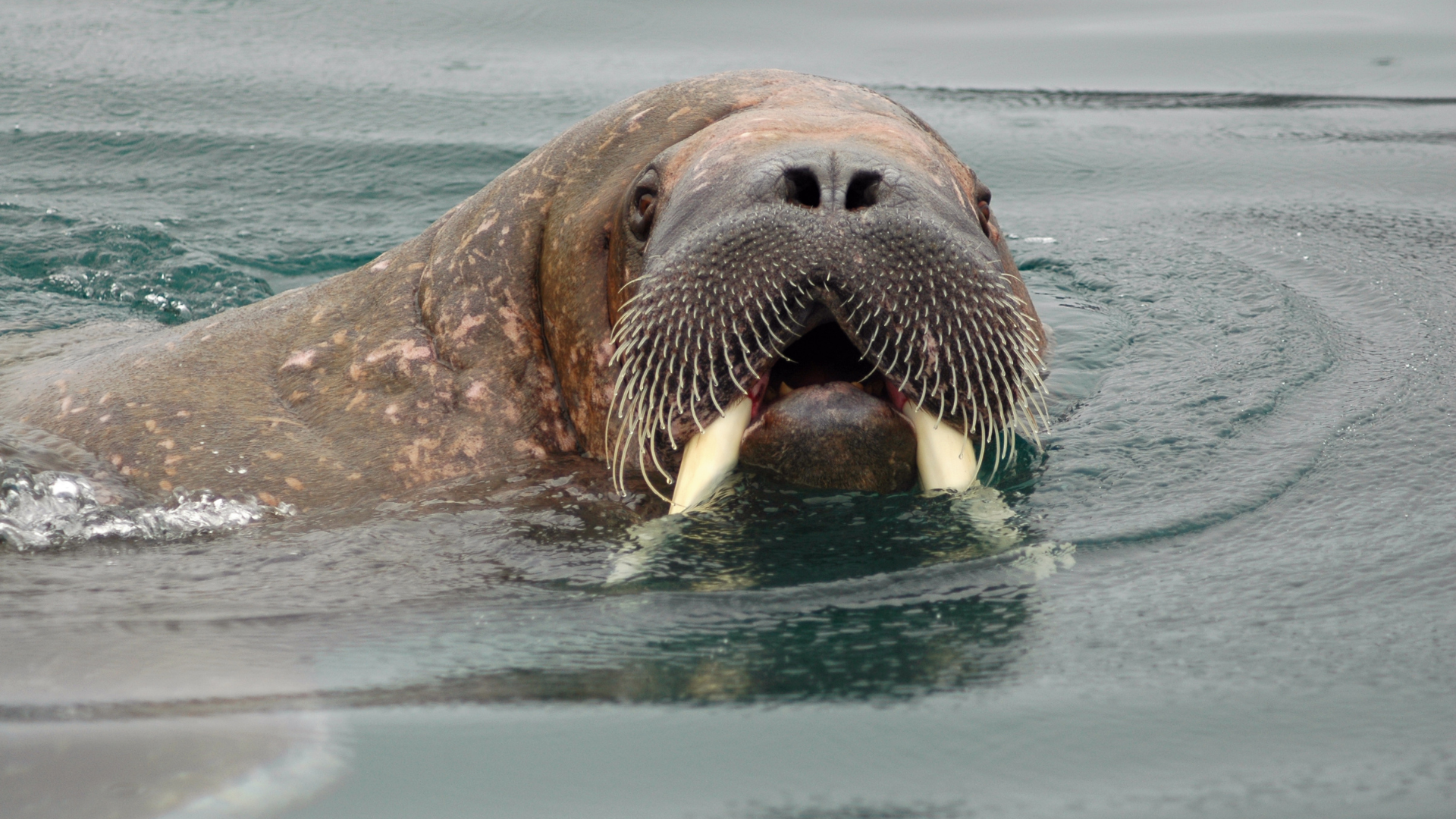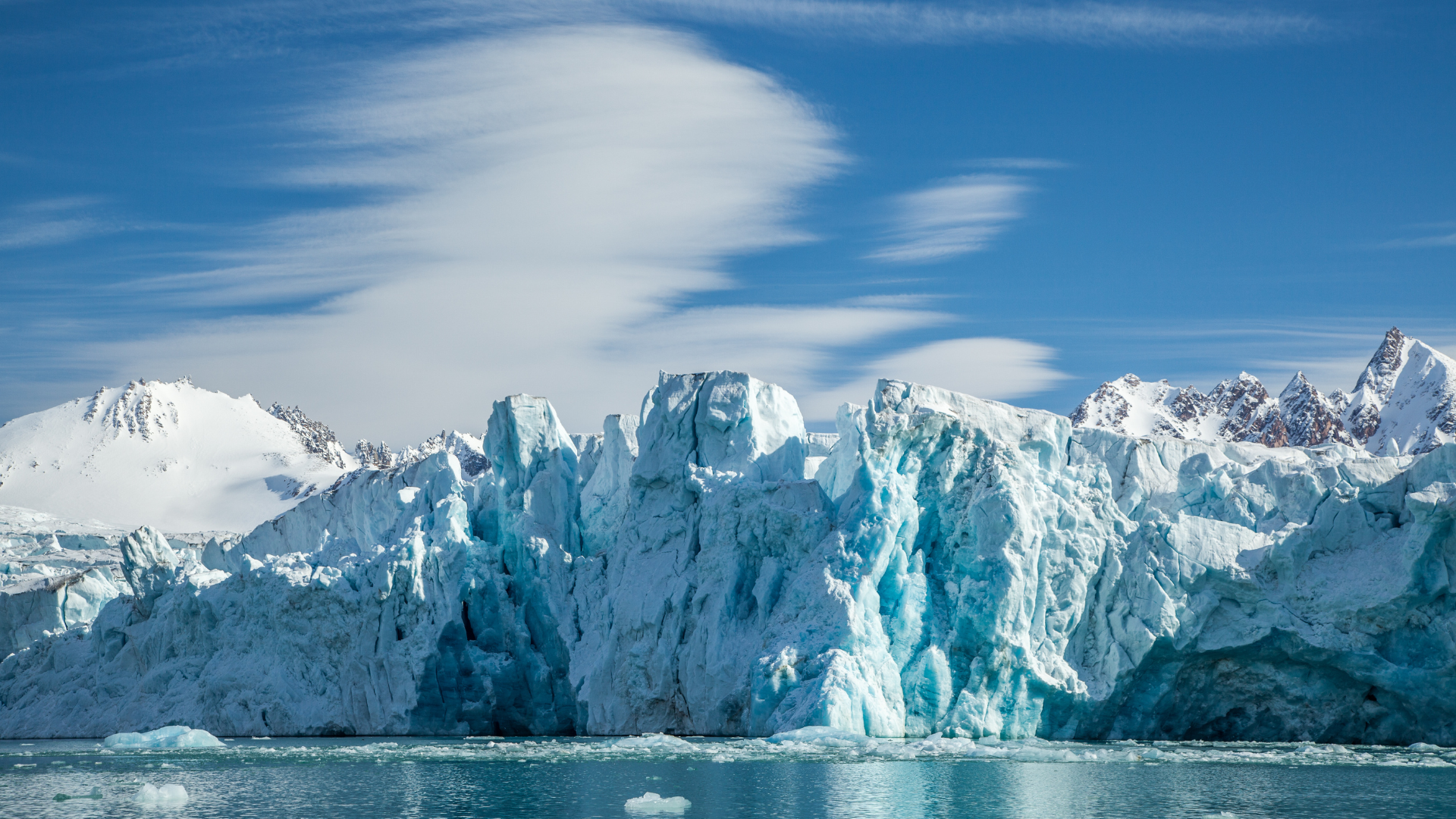It's Time To Explore Places That No One Has Been To
Spitsbergen Wildlife in October
Spitsbergen Wildlife in October

October in Spitsbergen ushers in a dramatic transformation as the island shifts into the depths of fall. The weather becomes colder, the days shorter, and the region prepares for the long polar winter ahead. This period offers a unique and tranquil opportunity to experience the wildlife and nature of the Arctic in a more serene environment compared to the summer months.
As the Arctic winter approaches, many of the migratory birds that flock to Spitsbergen during the summer begin their journey south. However, there are still a few species to observe before the final departure. The common eider duck, for example, may still be seen along the coastal regions. The Arctic terns, which have a spectacular migration route, leave by October, but they provide a last few glimpses before heading south.
While birdwatching may not be as vibrant as in the summer months, the remaining wildlife is often more visible during the colder weather. Spitsbergen’s hardy land mammals, such as the Arctic fox and the Svalbard reindeer, are in their element as the temperatures drop. These creatures have adapted to the harsh conditions, and October provides the perfect opportunity to see them in their natural habitats.
The Arctic fox, whose coat begins to thicken and turn white in preparation for winter, is still active in October. These cunning predators often hunt for smaller mammals, birds, and even scavenge carcasses left behind by larger animals. Spotting the Arctic fox in its winter coat against the white snow backdrop can be a thrilling experience, as their camouflage makes them challenging to spot in the snowy landscape.
Svalbard reindeer, which are typically solitary creatures, are often easier to find in October. The island’s rough terrain provides a perfect habitat for these resilient animals, and they are often seen foraging for the last scraps of vegetation before the snow takes over. During October, the reindeer start to grow their thick winter coats, which helps them survive the extreme cold temperatures.
Polar bears are the primary draw for many visitors to Spitsbergen, and October is one of the last chances to see them before the icy conditions become more challenging. As the ice begins to form around the island, polar bears head out to hunt seals. They can often be seen along the coastline, moving between the ice floes and patiently waiting for a seal to surface. If you’re traveling by boat, this is the perfect time to spot polar bears hunting along the shoreline, as their movements are more predictable in this pre-winter period.
In addition to the land-based animals, seals continue to thrive in the waters around Spitsbergen. The bearded seal and the ringed seal are common throughout the year, and October provides a good opportunity to see them as they haul out on the ice or float along the surface. Their thick fur coats help them withstand the colder temperatures, and they can often be seen basking in the low autumn sun before diving back into the icy waters.
October in Spitsbergen is marked by shorter days and a cool, crisp atmosphere. The dramatic contrast of the blue sky against the barren, rugged landscape creates a stark, beautiful setting. While the wildlife may be more spread out than in the warmer months, the island's quieter ambiance allows visitors to experience the raw, untamed beauty of the Arctic. Whether it’s observing the majestic polar bears on the ice, tracking reindeer through the tundra, or witnessing the transition from autumn to winter, October offers a rewarding and peaceful adventure for those willing to brave the colder conditions.
Want to travel to Svalbard?
It’s easy, just leave your details here and we will contact you
Sign up to our newsletter
We will get back to you as soon as possible
Please try again later











